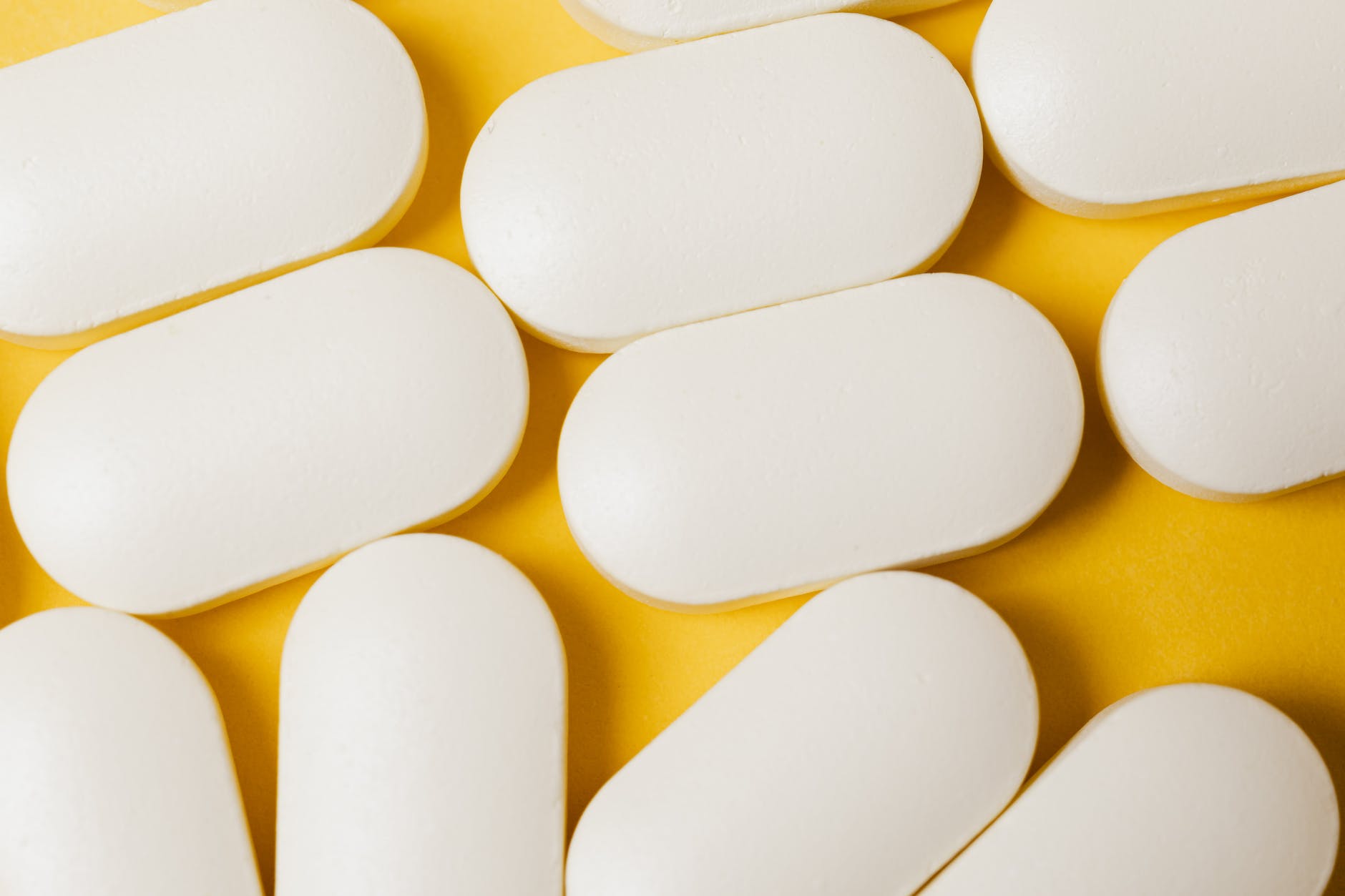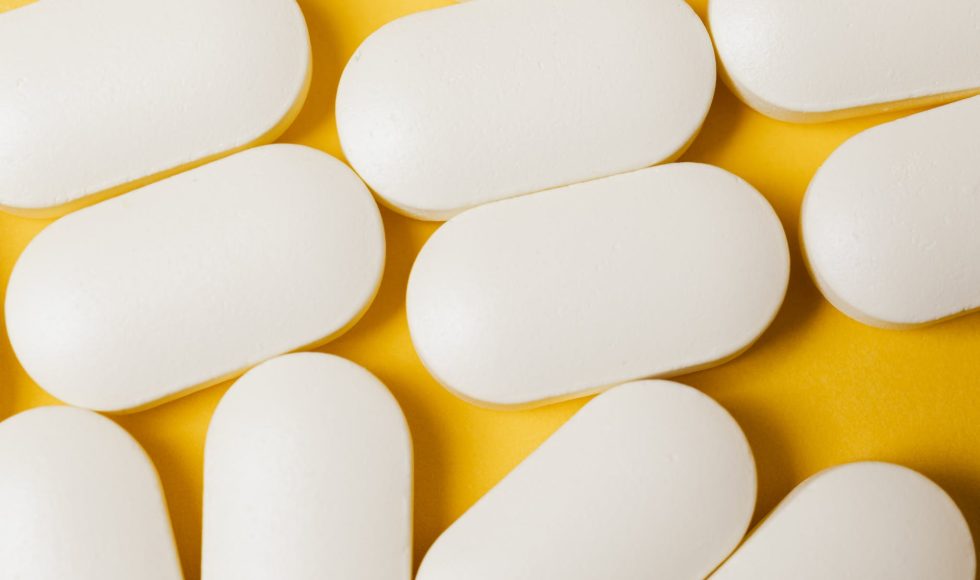Mary Ann Smith presented at ASMCUE 2022 a microbrew session entitled “Too long for a CURE: Building a Semester of Short-term Research Experiences (SREs) for Microbiology.” Smith is at Penn State Schuylkill and has earned two MAs and an MBA. They used slido.com for polls during their session, starting with “Have you incorporated a CURE before?” Smith defined a course-based undergraduate research experience as a way to implement research into the classroom/laboratory experience with five characteristics: student-based discovery, iteration, collaboration, scientific process, and real-world application (Auchincloss et al. 2014). Smith implements a cure in a microbiology lab at Penn State Schuylkill, a smaller institution. Smith’s course changed during the pandemic. The CURE focused on several topics including sourdough for science, antibiotic discovery, Genomics Education Partnership bioinformatics… and Smith asked: how long for a CURE? The response they came up with was: “long enough to provide a learning experience that produces sharable results.” Some options for short-term research experiences listed by Smith included agar art, phage bioinformatics, sourdough extensions, Small World Initiative, Tiny Earth Program, phage discovery, spice agar and microbes, build-a-genome, GIS applications in Microbiology, and Microbiomes for All. Later on in the presentation, Smith mentioned doing portions of Build a Genome (BAG). I am interested in this one! and have read a little about it. Questions from the audience were: which one did students like best? Also, an audience member asked about summative assessment types used. I like the concept of SREs and modular research activities. I wonder if there is a way to offer choice to participants…



